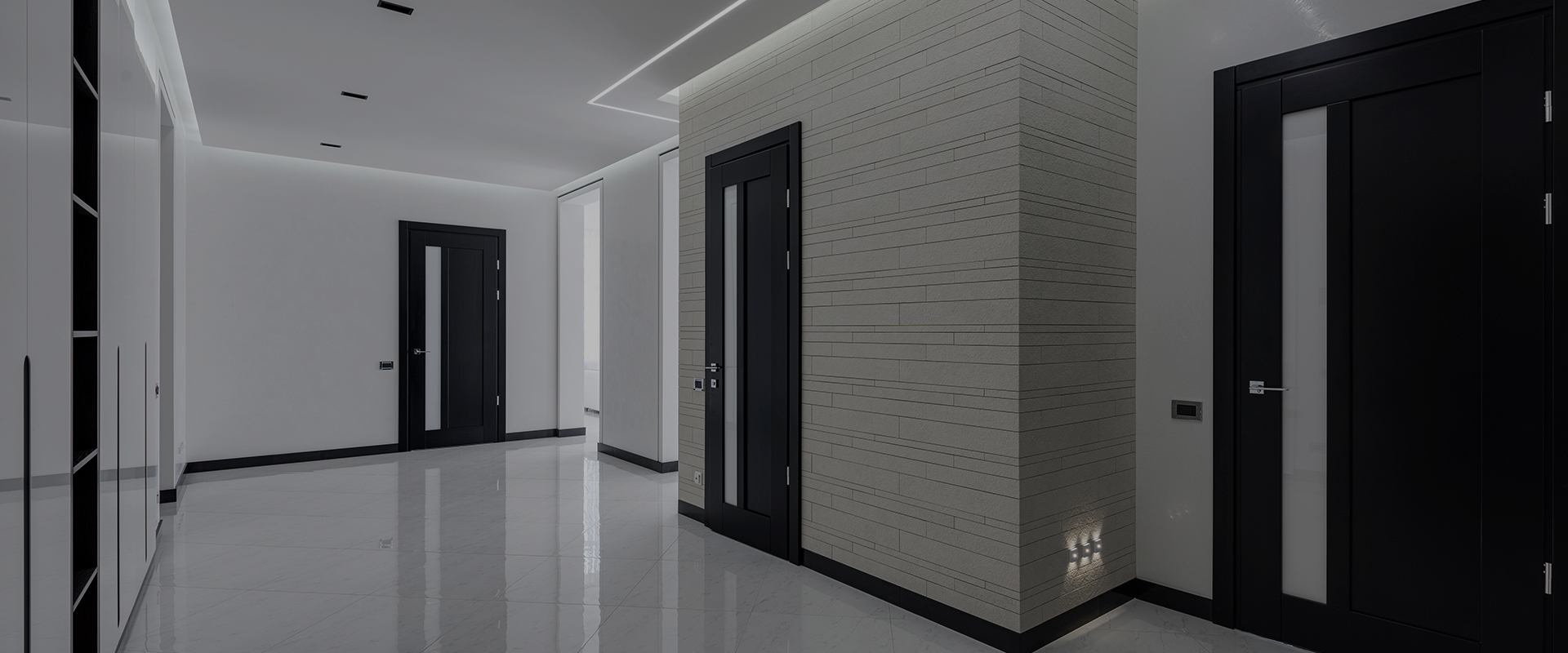
The current US economic expansion will continue at least through the 2019 with an annual rate of 3.5% to 4% and absent global geopolitical crises, consumption and employment will be strong. All these considerations favor multifamily real estate.
Consensus among economists and reports from the Fed Reserve point to expectations for stronger economic growth in the second half of 2018. A robust economic growth is expected to continue into the 2019 thanks to the strong fiscal stimulus set off by strong tax cuts and spending. Solid corporate earnings, repatriation of funds from abroad and favorable climate for capital expenditures all will have positive impact on employment leading to improvements in labor participation.
Most recently, Atlanta Fed’s estimate for real GDP growth in the second quarter of 2018 is 4% and this pace most likely will be sustained throughout the end of this year. The growth is attributed to:
- retail sales growth at 6% rate with virtually no inflation; and
- very strong durable goods orders inducing orders for intermediate goods and for finished consumer durables like autos, electronics and furniture.
In addition to these two favorable trends, capital spending is certain to surge in the second half of the year as orders for capital goods lag behind orders for other goods and we expect the current stabilized capital goods to accelerate once again in the second half of the year, particularly as sustained strong growth absorbs available labor and existing capacity to produce. Two additional considerations will add to growth in the second half of 2018 and beyond. First, is government spending as a $200 billion in defense spending and infrastructure is expected to materialize at the end of 2018 and 2019 sustaining employment and further improving labor force participation. Second, inventories will likely be a steady contributor to growth, since current inventories already tight, will force manufacturers to raise production and build stockpiles consistent with estimated higher sales pace. The inventory buildup will add to growth and a potential correction, if any, is expected to take place in 2019 and beyond. All these considerations lead to robust employment trends, no strong signs for a recession and expectations for inflationary pressures. These emerging trends impact in a positive way the multifamily real estate sector.
Current demographic developments and strong employment will provide demand for multifamily housing as the single-family housing market has contributed to the growth in the economy, but at decreasing rate. In fact, the value of single-family housing transactions (price x volume for both new and existing homes) has been decreasing from the 20% growth rate in the early cycle towards the 8% recently. With reduced growth rate in single family housing and not strong signs for acceleration in wage growth, the multifamily housing is expected to continue to growth as many workers and recent entrants into the labor force for a variety of reasons will be unable to afford single family housing.
In conclusion, the current US economic expansion will continue at least through the 2019 with a rate of 3.5% to 4% and absent global geopolitical crises, consumption and employment will be strong. With low unemployment rates and modest wage growth, the multifamily sector is expected to prosper in the aggregate.



